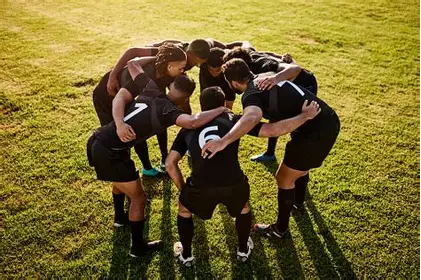Blog 11

Final Blog Post – Reflecting on the Blogging Experience When I first started this blog series, I wasn’t sure what to expect. I’m not the most tech-savvy person, and writing blogs each week felt a little outside my comfort zone. But now, after completing ten posts, I can honestly say that this has been one of the more meaningful assignments I’ve done in college. Writing these blogs has helped me clarify my own beliefs about physical education and forced me to put those ideas into words in a way that makes sense to others. That’s a skill I know I’ll use in the classroom, when I’m explaining new games, skills, or rules to students, or even when I’m advocating for PE to parents and administrators. One thing I really liked about the blog assignment was how open-ended it was. I had the freedom to talk about topics I cared about, like inclusivity, inappropriate practices, and fitness testing. These are real issues in our field that don’t always get enough attention. Writing about them...




.webp)
